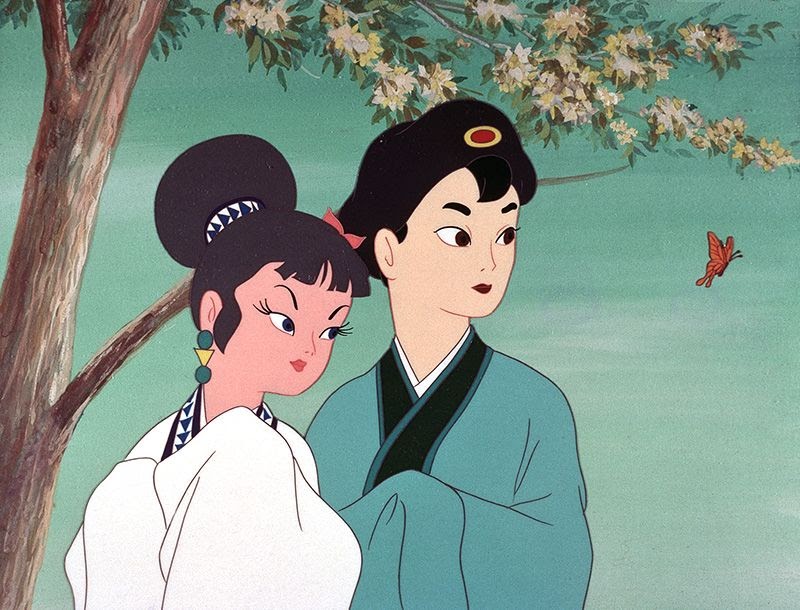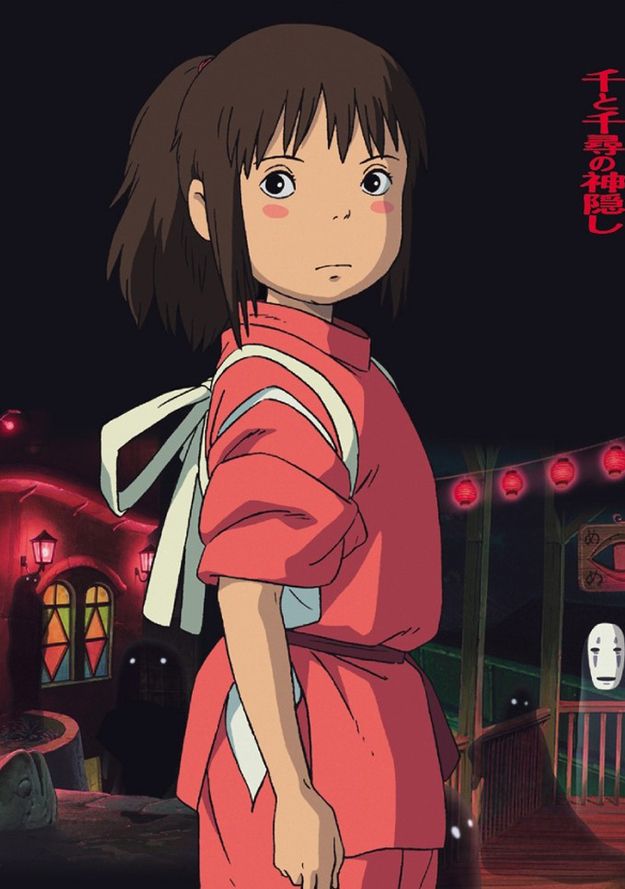Kon’nichiwa! Let’s explore Japan.
FUN FACTS
- Tokyo is the capital of Japan and the largest city, with over 13 million people.
- The government is a constitutional monarchy, with an Emperor who is the symbol of the state and unity of the people and is an important diplomat with limited political power. The current Emperor is named Naruhito. The Emperor in 2019 after his father abdicated the throne. His family has reigned for at least 1,500 years.
- The main religions practiced in Japan are Buddhism and Shintoism. Some people practice both. There are beautiful temples all over the country.
- There are two festivals for kids each year. Hina Matsuri is a doll festival on March 3. Families with girls set up a doll display on a red carpet with elaborate dolls that represent royalty in clothes from the Heian Period, which lasted from 795-1185. Children’s Day is May 5. Families fly huge carp kite steamers called koinobori outside their homes–black for the father, pink or red for the mother, and other colors for each child.
- The University of Michigan has an active Center for Japanese Studies. Their annual Japan Week is virtual this year. Check it out to learn more.
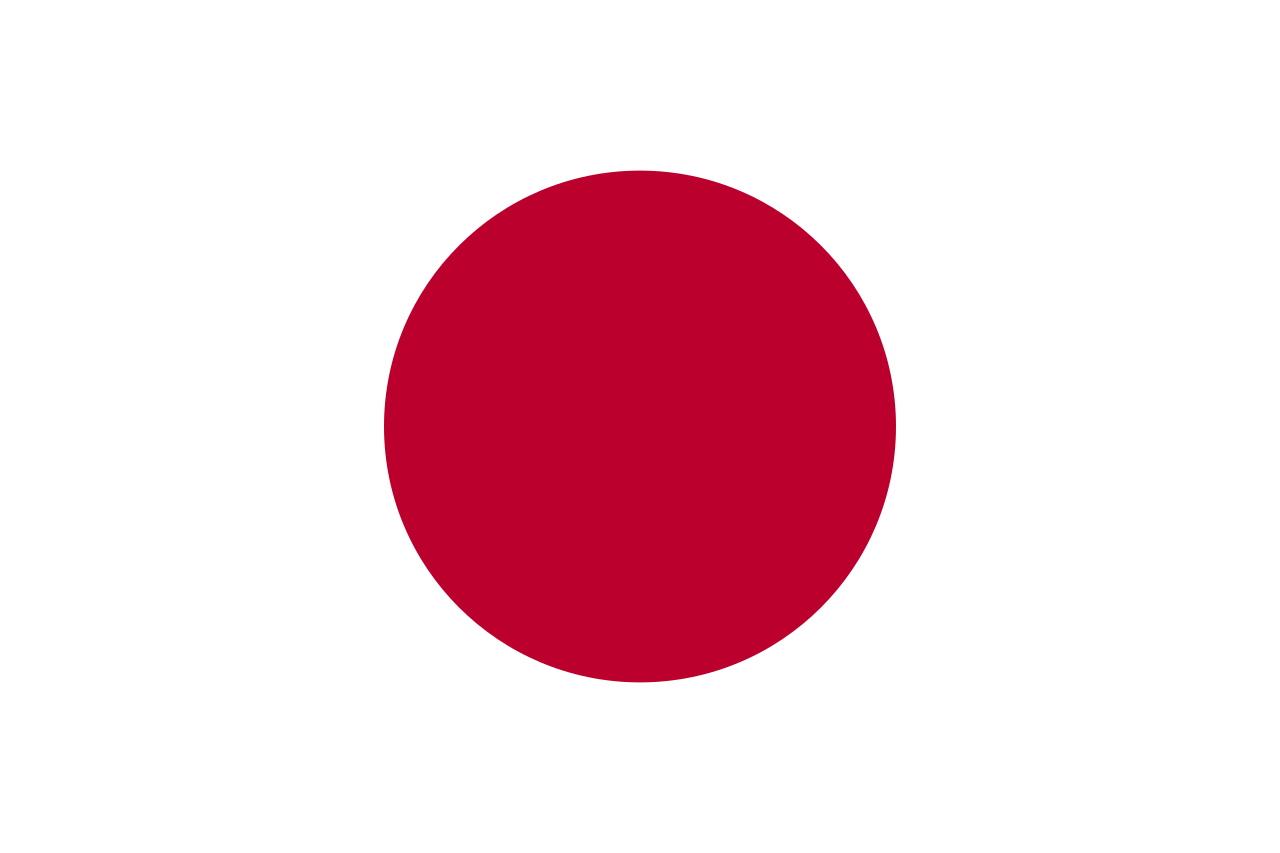
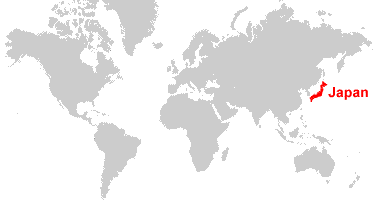
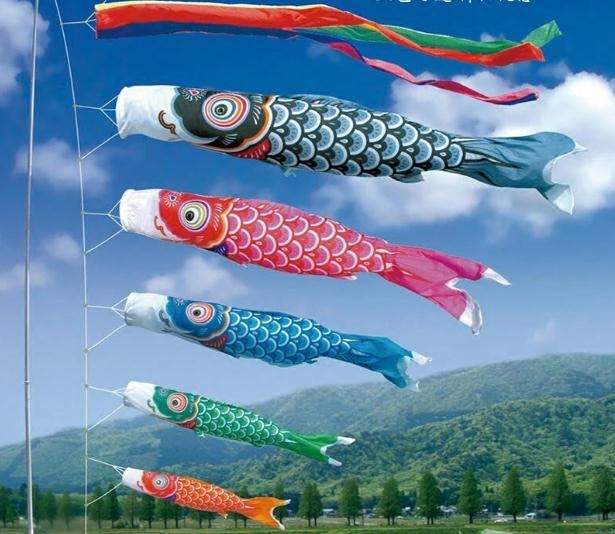
LET’S TAKE A VIRTUAL TOUR OF JAPAN
Take a quick tour of Japan with Toko Shiiki. Toko is an Ypsilanti-based filmmaker who is originally from Japan. When asked to create this video, she put out a Twitter request for Japanese people to send photos of their favorite places and was amazed by the response. See beautiful photos from all 47 Japanese prefectures!
Correction: In the section of Kagoshima prefecture, the volcano’s name is Sakurajima.
Several Japanese people shared photos from the Hiroshima Peace Memorial, which is a UNESCO World Heritage Site. If you want to know more, Toko recommends this archive and the book Thousand Cranes, or Sadako and the Thousand Paper Cranes for kids or the animated film This Corner of the World.
JAPANESE WRITING
Students in Japan learn three ways to write! Hiragana and katakana are phonetic systems (kana). That means there is a character for each sound, kind of like English ABCs except the vowels are combined with the consonants so each one represents a syllable of the word. HIragana is used for Japanese words and katakana is used for foreign words. Look at the charts below and find the katakana characters you would use for your name.

Ypsi Writes
A haiku is a short poem that has three unrhymed lines with 5, 7, and 5 syllables, and is often about the seasons. These short poems were first written in Japan long ago at the beginning of longer poems. The most famous Japanese master this poetry form is named Basho.
Write your own haiku! Share your poem by tagging us at #ypsiwrites.

Japanese kids begin learning both hiragana and katakana in first grade. But there is a third type of writing called kanji based on Chinese characters. They learn a set of kanji each year in school and know about 1,026 kanji by sixth grade. Grab a pen and paper and write along with this video to learn some of the kanji characters, including the numbers, that first graders learn. Traditionally kanji were written with a calligraphy brush and ink, so if you want to use watercolors and a paintbrush, you can do that too. Watch this video to learn how to hold the brush and get started!
PRINTMAKING
Japanese woodblock printing (木版画, mokuhanga) is important in the history of art. The colorful stamp-like prints became popular in the 1600s because it was an affordable way to add artwork to walls and images to books. One of the most well-known pieces of art in the whole world is a Japanese woodblock print called The Great Wave off Kanagawa, by artist Katsushika Hokusai. It is one print in a thirty-six print series called the Thirty-six Views of Mount Fuji. Mount Fuji can be seen somewhere in all thirty-six prints. Can you find it in each one?
Look at The Great Wave off Kanagawa.
- What is going on in this artwork?
- What emotions do you feel when looking at this artwork? What emotions do you think the artist was feeling?
- Describe the lines and colors in this artwork. How do the colors and lines contribute to the emotion?

LET’S LEARN THE TRADITIONAL TECHNIQUE OF WOODBLOCK PRINTING
Watch a fast time-lapse video of an artist demonstrating how a traditional Japanese woodblock print is made. Watch how the artist uses wood gouging tools to remove some of the wood around the parts of the image she wants to keep. She then rolls ink onto the woodblock and lays paper on top. She uses a barren, which is a flat, disc-shaped tool and rubs it over the backside of the paper to get the image onto the paper.


TRY PRINTMAKING AT HOME
A kid-friendly way to try printmaking at home involves simple materials you may already have, such as styrofoam, a pencil, paint (any kind will work, but tempera or acrylic work best), and paper. Once the image is drawn into the styrofoam, many prints can be made. Now that you can easily make many prints, who will you give one to? Here are some examples of the outcomes made by kids.



JAPANESE MARTIAL ARTS
Karate is a Japanese martial art that originated in Okinawa, Japan. The word karate means “empty hand” and it is practiced without weapons, using kicks and hand strikes, and blocking with your arms and legs. It involves rituals of courtesy and requires mental focus. People who train in karate earn different colors of belts as they master levels.
Follow along with Nick Suino of the Ann Arbor Japanese Center for Martial Arts to learn the basics!
Japanese martial arts can be found in the warrior traditions of the samurai, who were expected to be proficient in many weapons, as well as unarmed combat, and attain the highest possible mastery of combat skills. Read more about samurai and their armor!
INFLUENCES ON AMERICAN POP CULTURE
VIDEO GAMES
Although the first video games were not invented in Japan, it is impossible to overlook how the Japanese took video gaming to new, exciting, and legendary levels.
Arcade games are coin-operated machines such as video games, pinball, and merchandise games like claw cranes. The first Japanese arcade game that rocked the world was Space Invaders in 1978. Next, in 1979, another legendary arcade game called Asteroids was popularized. However, the one game that everyone recognizes and loves still to this day, called Pac-Man (1980), would go on to be one of the most influential games of all-time. You can play some arcade games from the 1980s for free online! The Golden Age of arcade video games generally ranges from 1978-1982.
Although everyone loved playing arcade games, people also wanted to be able to play them at home. Soon, video game consoles could be connected to TVs and different game cartridges could be inserted into the console. There were several early consoles made around the world, but eventually Japan’s Nintendo Entertainment System (NES) would become the most popular. Games like Super Mario Bros, The Legend of Zelda, and Duck Hunt are still listed as some of the best-selling games of all-time. Another major video game company called Sega was a big rival of Nintendo. Sega had its first big, successful arcade game called Frogger before Nintendo had gained popularity. When Nintendo came out with the home console NES, Nintendo was winning the race, but Sega would not be left behind. Sega introduced a new game console called the Genesis. Sega Genesis’ first big game and character was called Sonic the Hedgehog (1991). The popular gaming console was a big success.
Nintendo then introduced a new gaming console called Super Nintendo Entertainment System (SNES). The big game right off the bat to play on SNES was Mario Kart. Eventually, most would agree that Nintendo won the video game race. Other American and Japanese companies entered the industry with Microsoft’s Xbox and Sony’s Playstation. Nintendo introduced the Wii to compete with some of these new challengers. Japan has not only been a contender of the game console industry, but also as game developers. Companies such as Namco, Konami, and Kojima are some of the biggest companies developing video games..
Video gaming seems to be an unstoppable pastime for people of all ages. You can design your own video game character using Piskel to create and animate a character also called a Sprite. If you need a little help, try this video tutorial series.

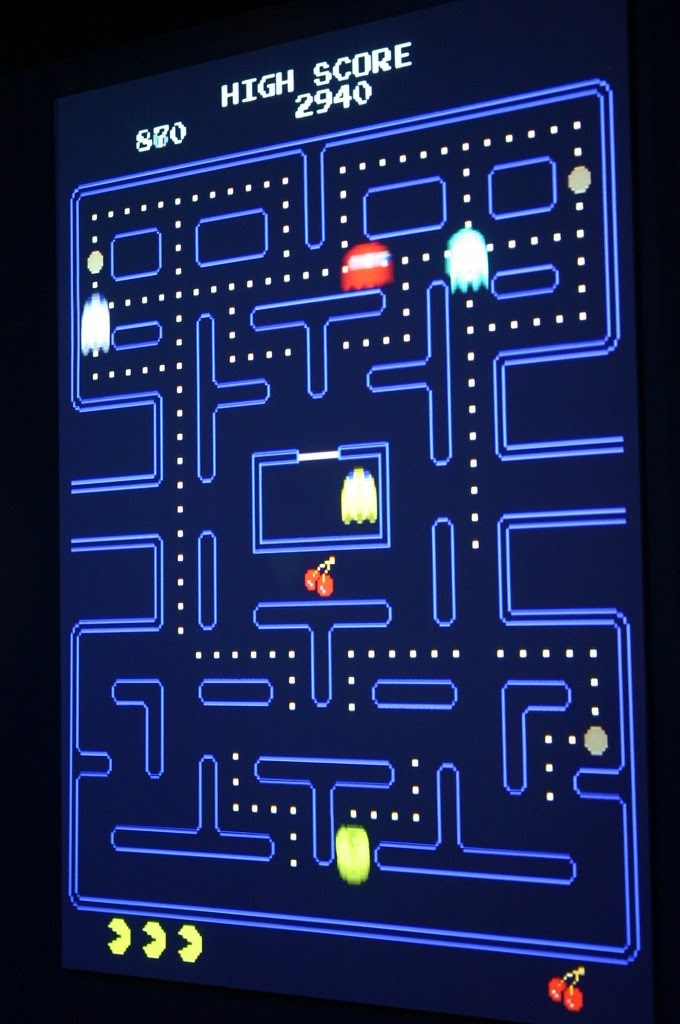
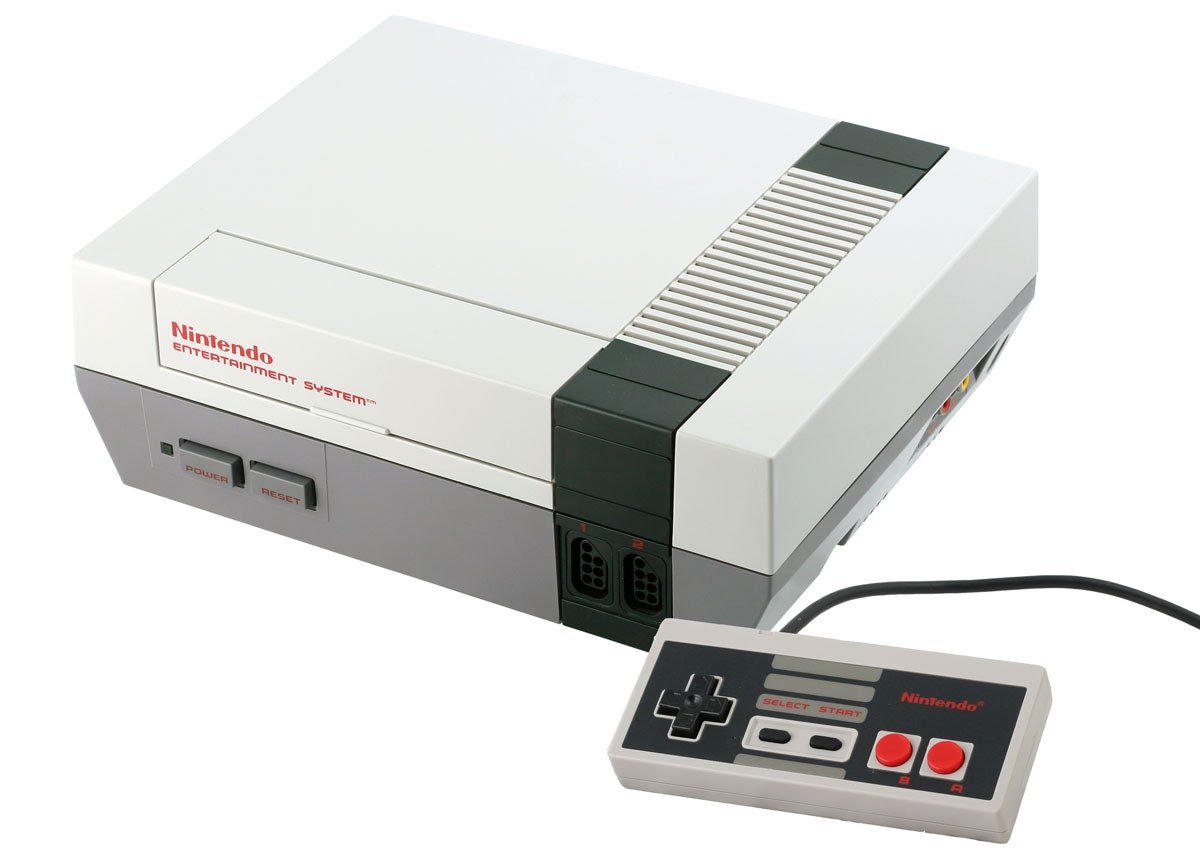
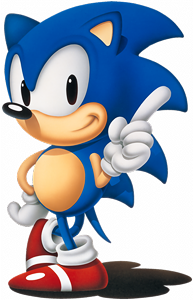
ANIME AND MANGA
Japanese anime (animated films) and manga (graphic novels) are popular all over the world, thanks to shows such as Pokemon and Dragonball Z, but they date back to earlier history.
The term manga was first used in 1798 to describe a picture book. The modern term began in the 1950s when Americans were stationed in Japan and introduced American comic books. Japanese artists developed their own style. The large eyes that are distinctive to manga characters were developed by Osamu Tezuka, creator of Astro Boy.
The production of Japanese animation began much earlier, in 1917, during the silent film period. After World War II, the owner of Toei Animation saw Disney’s Snow White and wanted to become the Disney of the East. The first film they made was called The Legend of the White Snake. Takahata Isao and Miyazaki Hayao of Studio Ghibli that created Spirited Away and My Neighbor Totoro among many others, began their careers at Toei. The first anime tv series was Astro Boy in 1963, which was exported to the US. Many others followed.
Each artist has their own style, but they have common characteristics such as exaggerated emotions, like sweat and popping veins to convey stress, large almond eyes except when someone is knocked out and then there are only Xs, and pen and ink lines that are influenced by Japanese calligraphy.
Check out the section below to see manga drawing books you can find on Hoopla, then tune into the Love 2 Draw Manga channel, Jodi’s niece Stella’s recommended site, to learn how to draw your own manga. Show us what you drew. #ydlsummerchallenge.
